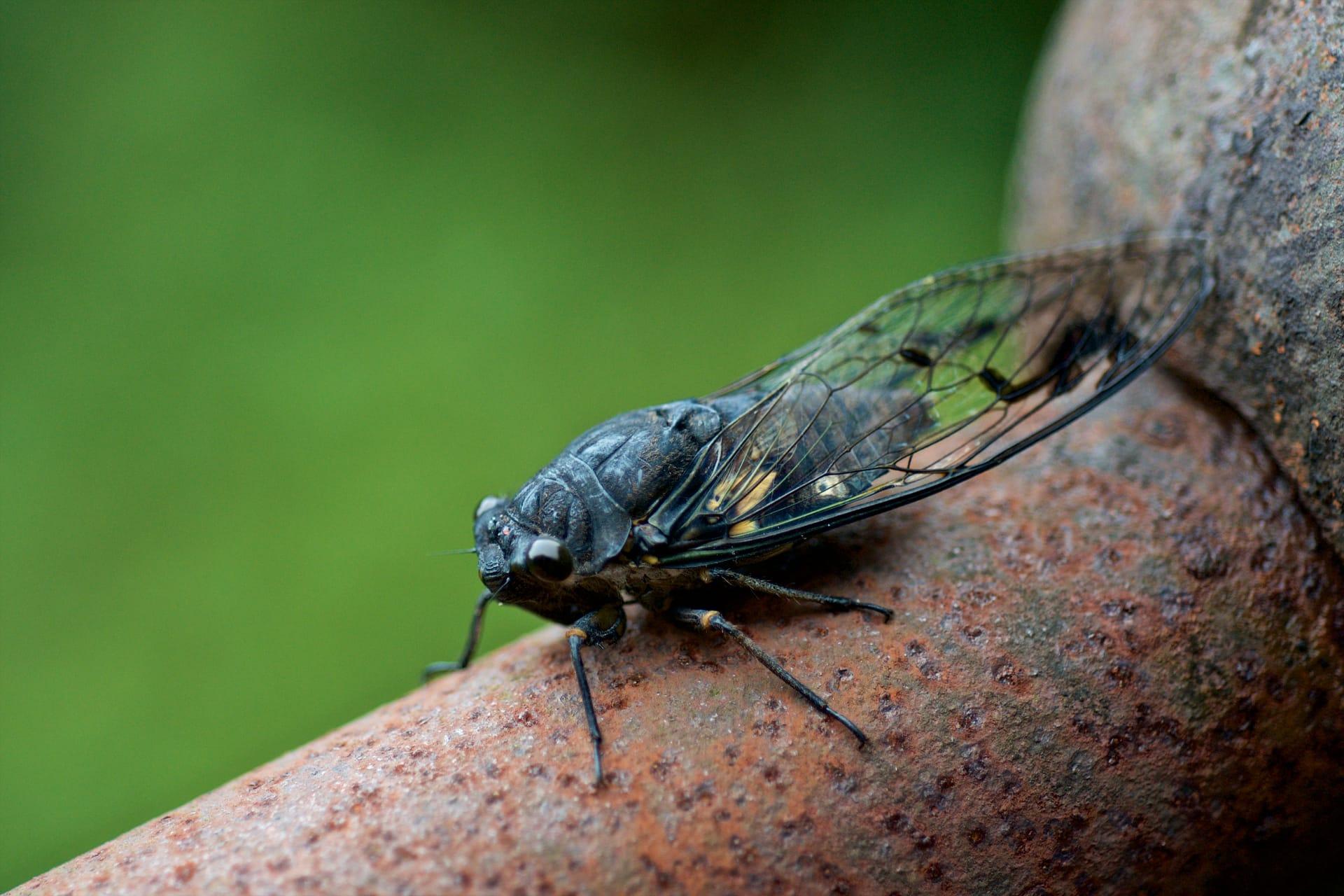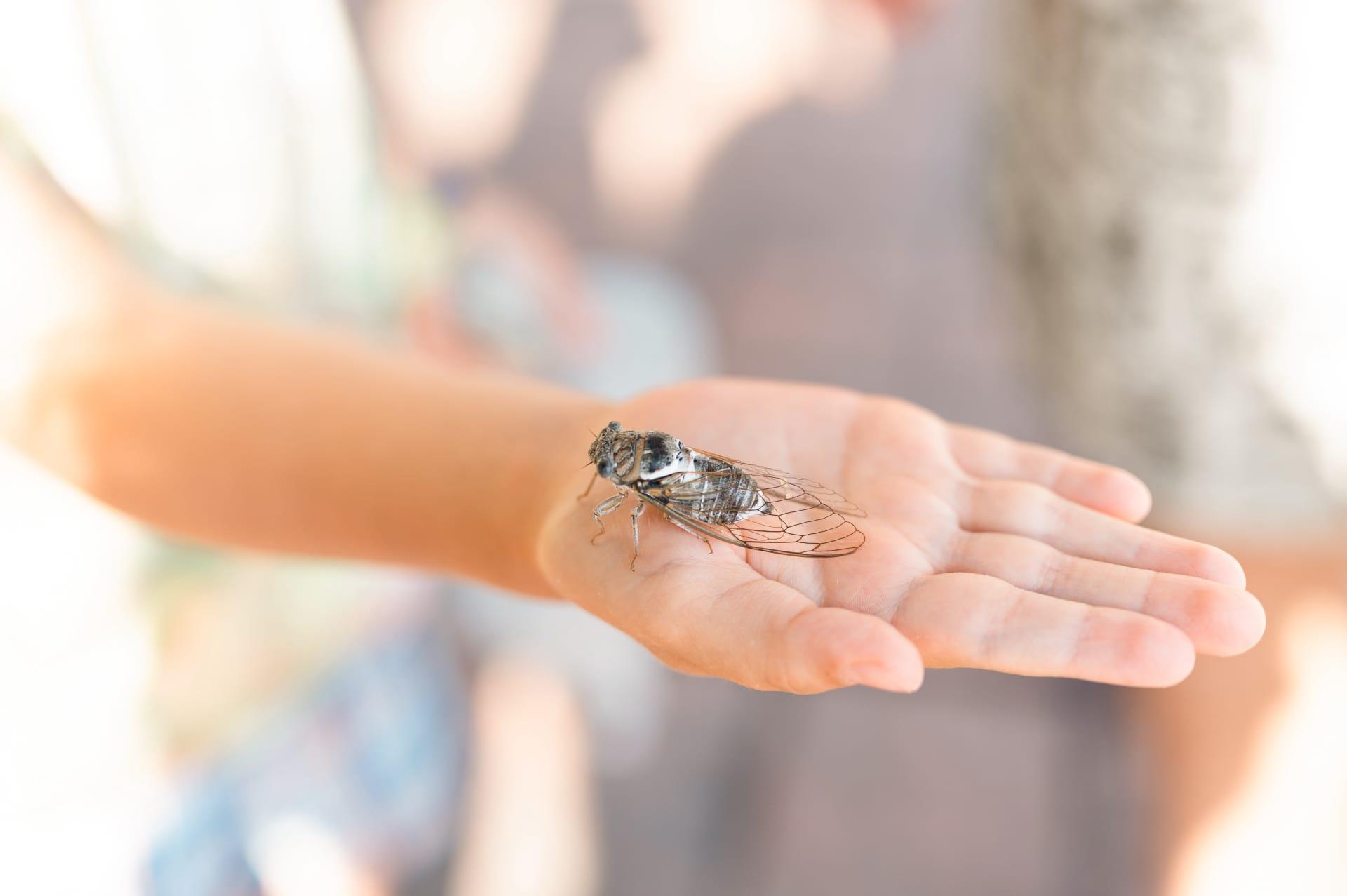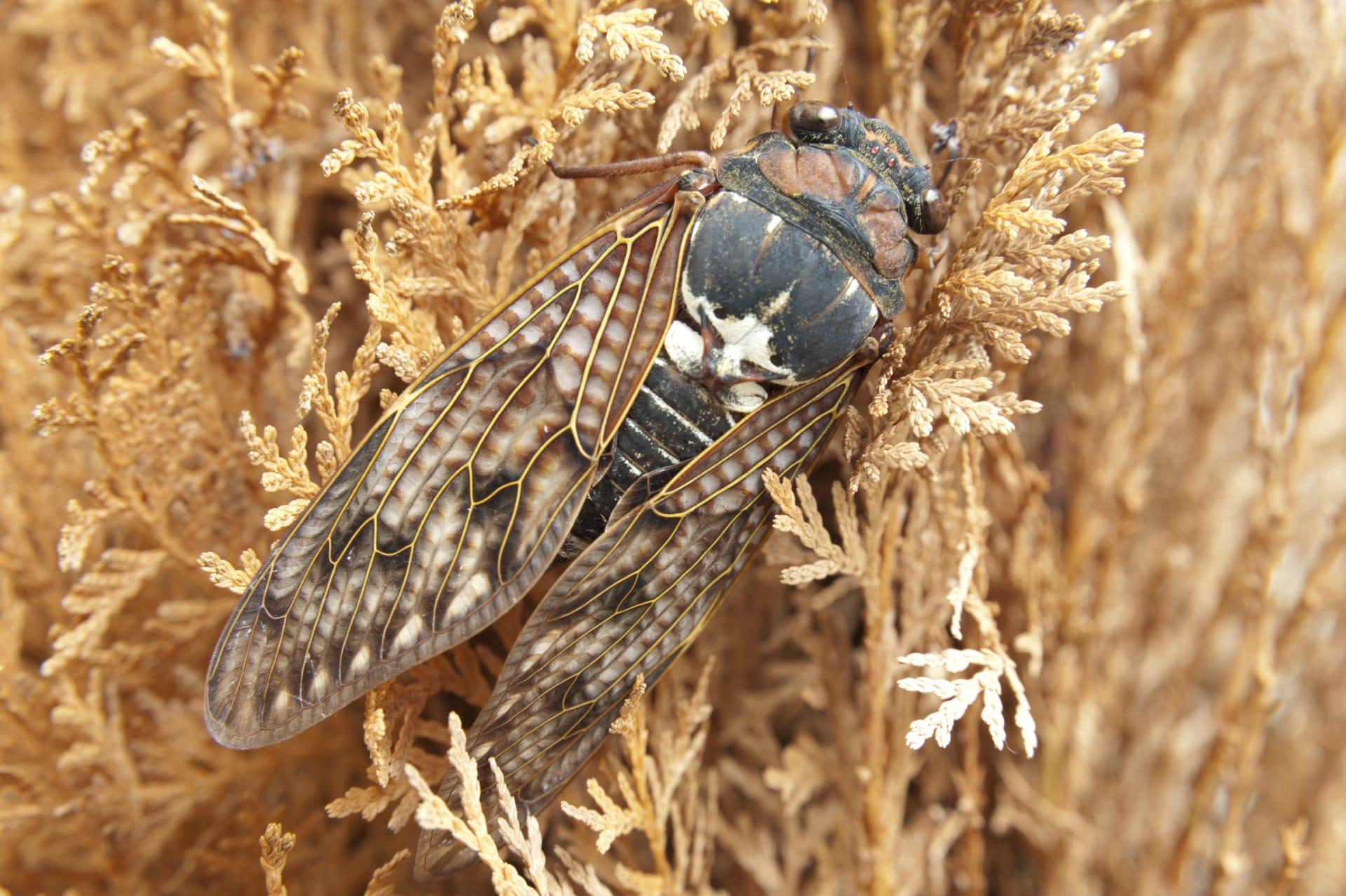1
Did you know cicadas are timekeepers? Some species, like the Magicicada, have a unique 17-year life cycle. They spend 17 years underground as nymphs, feeding on sap from tree roots. Then, in the 17th year, they emerge en masse, synchronizing their life cycles in a fascinating display of natural rhythm. This prolonged development is one of the longest of any insect. The reason behind this lengthy cycle? It's a survival strategy, minimizing their exposure to predators by overwhelming them with sheer numbers when they do emerge.
Another striking fact about cicadas is their loud song. Male cicadas are among the noisiest insects in the world. They produce sounds as loud as 100 decibels, which is equivalent to a motorcycle's noise. They do this using a special organ called a tymbal, which is found on their abdomen. The tymbal has ribbed membranes that vibrate when muscles contract, producing that distinctive cicada sound. This sound serves to attract females and also repels birds, their natural predators.

2
Cicadas are also known for their unique eyes. They have five eyes in total - two large, compound eyes and three smaller, simpler eyes called ocelli. The compound eyes provide a wide field of view, helping them spot predators and mates. The ocelli, on the other hand, are thought to help detect light and dark, aiding in their escape from danger. This combination of eyesight abilities is crucial for their survival during the short, active period of their lives.
Their molting process is another interesting aspect. When nymphs emerge from the ground, they undergo a final molt, shedding their exoskeleton to become adults. This process, called ecdysis, is critical for their growth. The abandoned exoskeletons, often found on trees, are a familiar sight during cicada emergence. These empty shells are not only a symbol of transformation but also provide insights into the cicada's development stages and habitat preferences.

3
Cicadas have a unique impact on the ecosystem. After spending years underground, their emergence aerates the soil, which is beneficial for plants. Moreover, their decaying bodies after the mating season enrich the soil with nutrients. This natural process contributes significantly to the health of the forest ecosystem where they thrive. Cicadas, thus, play an integral role in soil rejuvenation and nutrient cycling.
Interestingly, cicadas have a symbiotic relationship with certain fungi. The fungus Massospora infects cicadas, altering their behavior. Infected cicadas exhibit increased physical activity and mating efforts, which helps spread the fungus. This phenomenon is a fascinating example of how organisms can influence each other's behavior in nature.

4
Cicadas are not only fascinating but also culturally significant. In many cultures, they are symbols of rebirth and immortality, likely due to their long life cycles and dramatic emergence. Ancient Greek and Chinese literature and art often depict cicadas, associating them with themes of transformation and renewal. Their iconic status in various cultures underscores the deep connection humans have with these unique insects.
Another remarkable feature of cicadas is their temperature-dependent development. The rate at which cicada nymphs develop underground is influenced by the temperature of their surroundings. Warmer soil temperatures can accelerate their development, potentially leading to earlier emergences. This characteristic makes cicadas important indicators of climate change, as shifts in their emergence patterns can signal environmental alterations.

5
Cicadas are also known for their survival tactics. When predators like birds and small mammals feast on them during their mass emergence, cicadas employ a survival strategy known as predator satiation. By emerging in such vast numbers, they ensure that even after significant predation, enough cicadas survive to reproduce, securing the continuation of their species.
Finally, the geographical distribution of cicadas is a testament to their adaptability. Found on every continent except Antarctica, cicadas thrive in a variety of climates and habitats. From tropical rainforests to temperate regions, they have adapted to different environmental conditions. This widespread distribution highlights the cicada's remarkable ability to survive and thrive in diverse ecosystems.